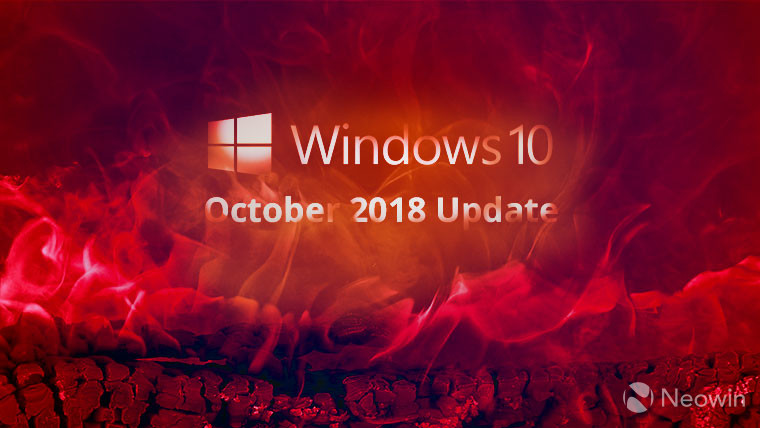
If you use Windows 10 Home or Pro and you're still on version 1809, it's time to move onto a newer version of Windows 10. Today, the two-year-old version of the OS is getting its last cumulative update. Originally, support was supposed to end in the spring, but due to the COVID-19 pandemic, Microsoft extended it by six months.
Being a fall update, version 1809 is actually supported for 30 months if you're using Windows 10 Enterprise or Windows 10 Education. Those users will still be supported until May.
If you're on version 1809, you've probably had to do some work to stay that way. The way that feature updates work is that Microsoft automatically upgrades you if the version you're on is nearing the end of support. Windows 10 version 1809 has been nearing the end of support for about a year. Last December, Microsoft started automatically upgrading users on version 1809 to version 1909, and then after support was extended, it started automatically upgrading users again in June, this time to version 2004.
But also, keep in mind that feature updates are optional (if you're not nearing the end of support) today because of Windows 10 version 1809, also known as the October 2018 Update. The update was objectively terrible at the time of release. Microsoft went ahead and skipped over the Release Preview ring of testing just so it could announce the release at that year's Surface event. Within four days, the feature update was pulled due to a variety of issues, the most significant of which being that some users' files were getting deleted upon upgrading. Over a month later, the Windows 10 October 2018 Update was re-released.
It took a while to get Windows 10 version 1809 on track, but starting with version 1903, Microsoft reformed how feature updates are delivered. Before that, the company considered anyone who clicked 'Check for updates' in Windows Update a 'seeker', so that person would get the new feature update, even if they were looking for the latest Patch Tuesday update. Starting with version 1903, they'd be greeted with a message that says the feature update is ready to install, and there would be a link where you'd be able to explicitly choose to opt into installing it. The only way you'd be automatically upgraded at all is if the version you're on is nearing the end of support.
Not only did this finally give users the control over updates that they desired, but it also represented a shift in how Microsoft wants to handle Windows 10 updates. Prior to that, there was a really hard push to have everyone on the latest version. But now, we're seeing things like the new Edge browser and WinUI, which are pushing new features to Windows 10 but are rolling out to older versions as well.
Changing how updates were delivered weren't the only changes that ended up happening though. We got the Windows 10 dashboard pages, which are constantly updated with any known issues, what version they were introduced in, what version they were fixed in, and more. Also, after that, we started getting major updates in the spring and minor, more refined feature updates in the fall.
Now, the next version nearing the end of support is 1903, and the end of life for the Windows 10 May 2019 Update is less than a month away, thanks to 1809 support being extended. Moreover, Microsoft only announced last week that it was going to start automatically upgrading users to a newer version. If you're on Windows 10 version 1809 or 1903, you can manually upgrade your machine here.



















1 Comment - Add comment